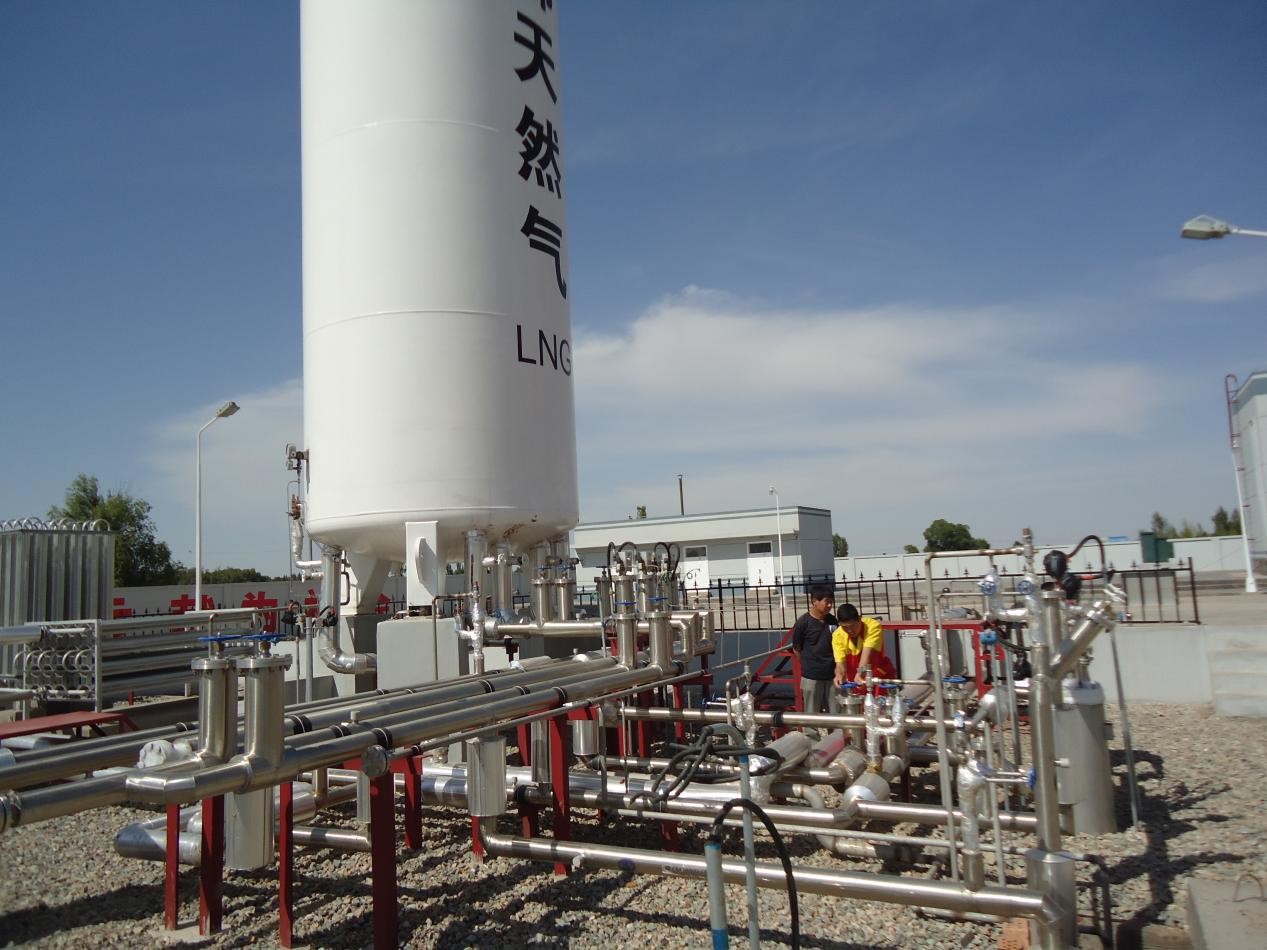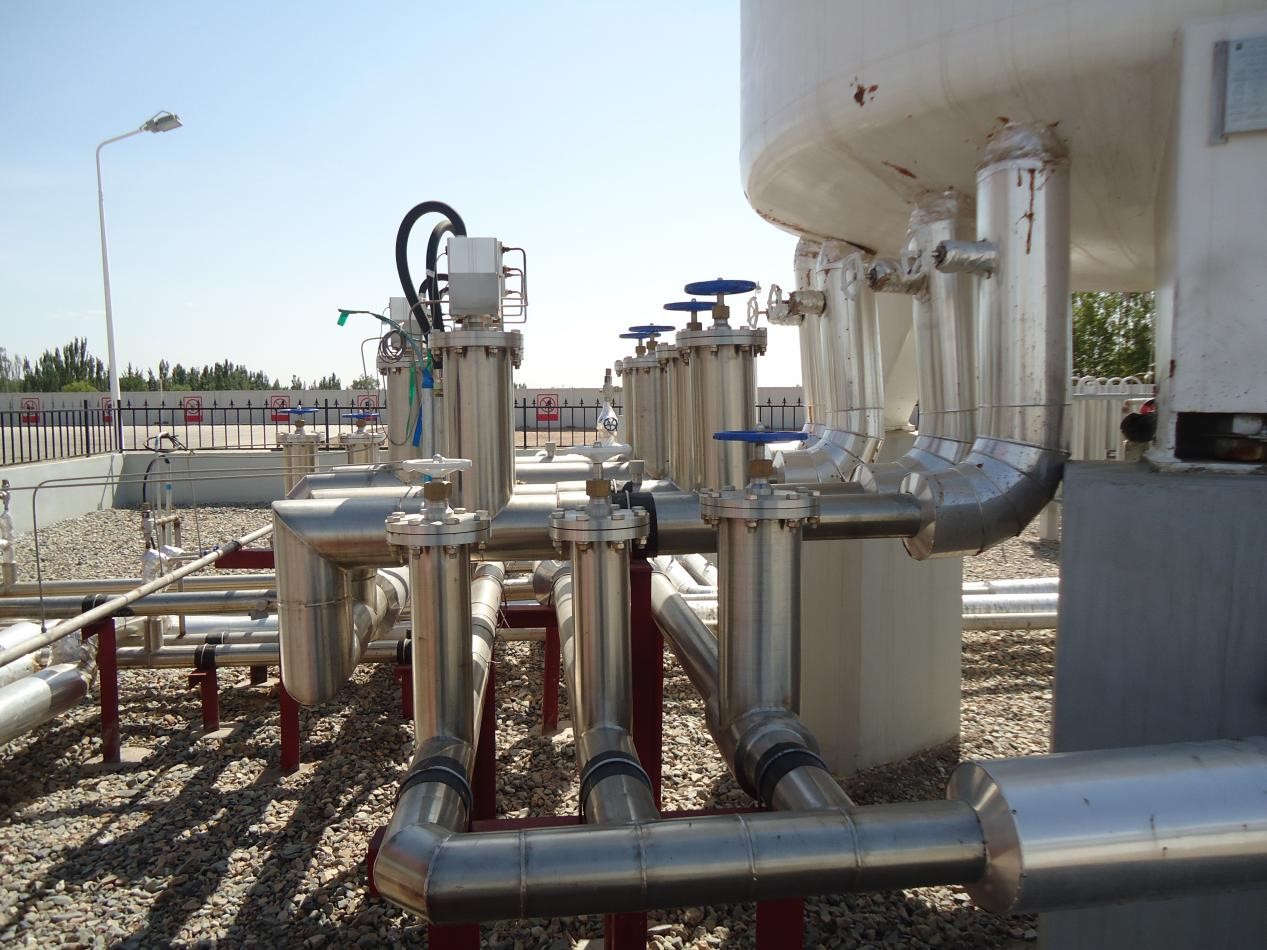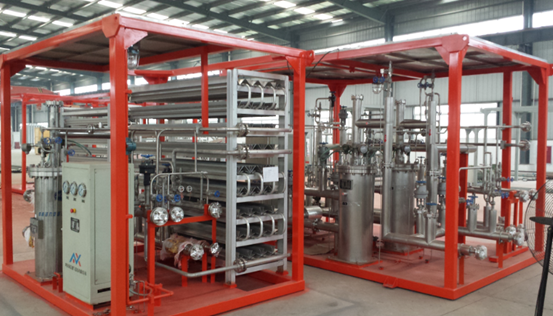Introduction to Vacuum Insulated Pipes
Vacuum insulated pipes (VIPs) are critical components in the transport of cryogenic liquids, such as liquid nitrogen, oxygen, and natural gas. These pipes are engineered to maintain the low temperatures of these liquids, preventing them from vaporizing during transportation. This ability is crucial for industries that rely on the integrity and efficiency of cryogenic liquids in various processes.
The Structure and Functionality of Vacuum Insulated Pipes
The design of vacuum insulated pipes is sophisticated, involving a pipe-within-a-pipe structure. The inner pipe, which carries the cryogenic liquid, is surrounded by an outer pipe. The space between these pipes is evacuated to create a vacuum, significantly reducing heat transfer. This vacuum layer acts as a thermal barrier, ensuring that the temperature of the cryogenic liquid remains stable during transit.
Advantages of Using Vacuum Insulated Pipes
One of the primary benefits of vacuum insulated pipes is their ability to maintain the purity and stability of cryogenic liquids during transport. The vacuum layer minimizes heat transfer, which reduces the risk of the liquid warming and vaporizing. Additionally, VIPs are highly durable and require less maintenance compared to other insulation methods, making them a cost-effective solution for long-term use.
Challenges and Innovations in Vacuum Insulated Pipe Technology
Despite their advantages, vacuum insulated pipes also face challenges, such as the initial cost of installation and the technical expertise required for their design and maintenance. However, ongoing innovations in materials and manufacturing processes are making VIPs more accessible and efficient. Recent advancements include the development of flexible VIPs and the use of advanced vacuum technologies to improve insulation performance further.
Conclusion
Vacuum insulated pipes are indispensable for the safe and efficient transport of cryogenic liquids. Their unique design and functionality not only preserve the integrity of these liquids but also contribute to the operational efficiency of industries that depend on them. As technology continues to evolve, VIPs will likely play an even more significant role in the global transport of cryogenic substances.
Post time: Jun-09-2025









